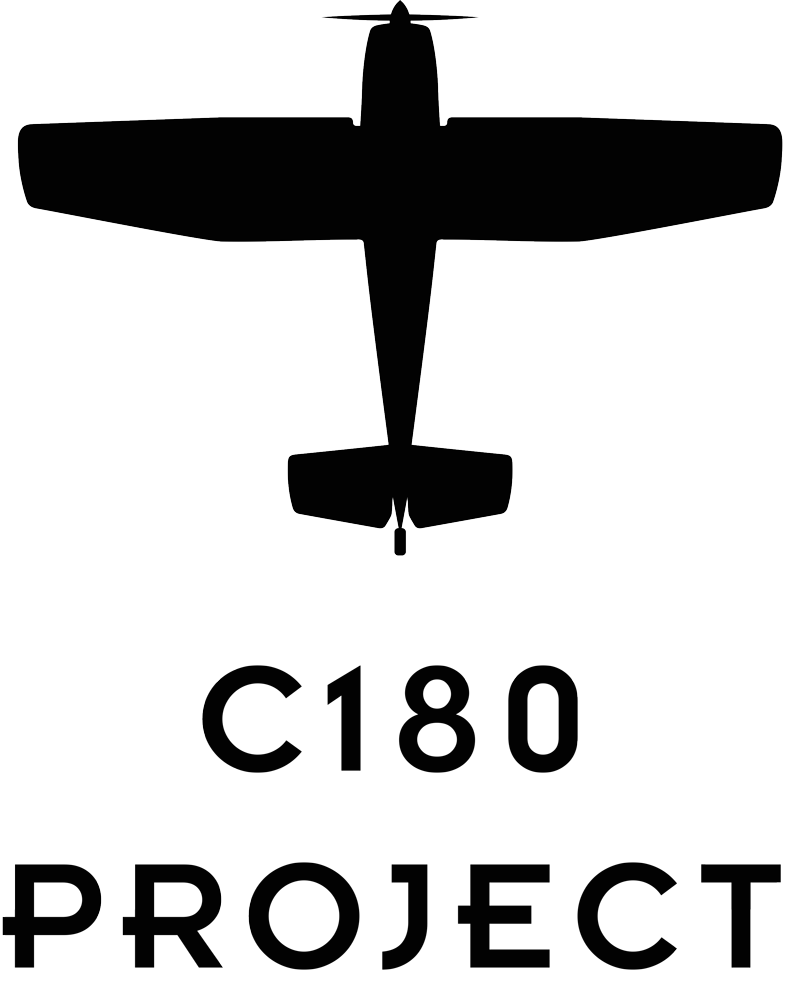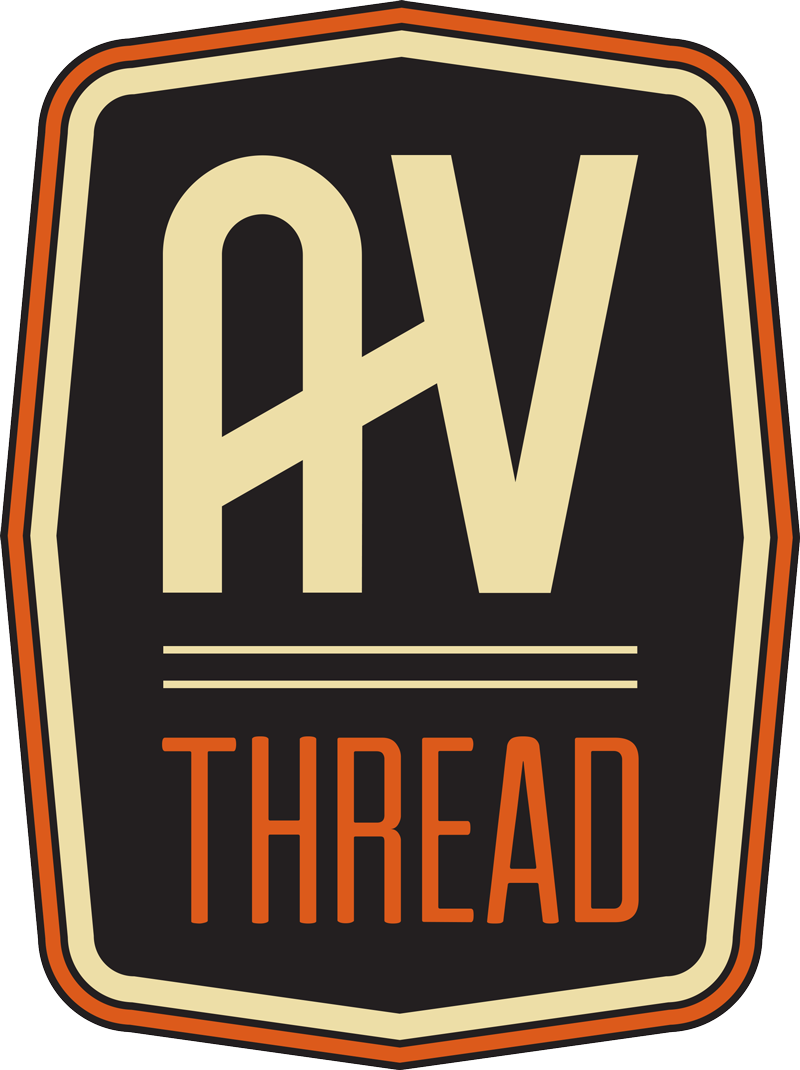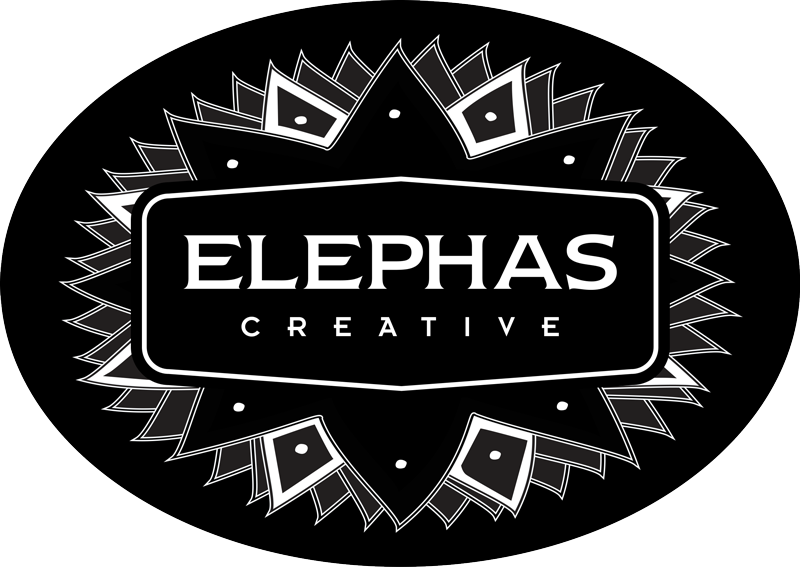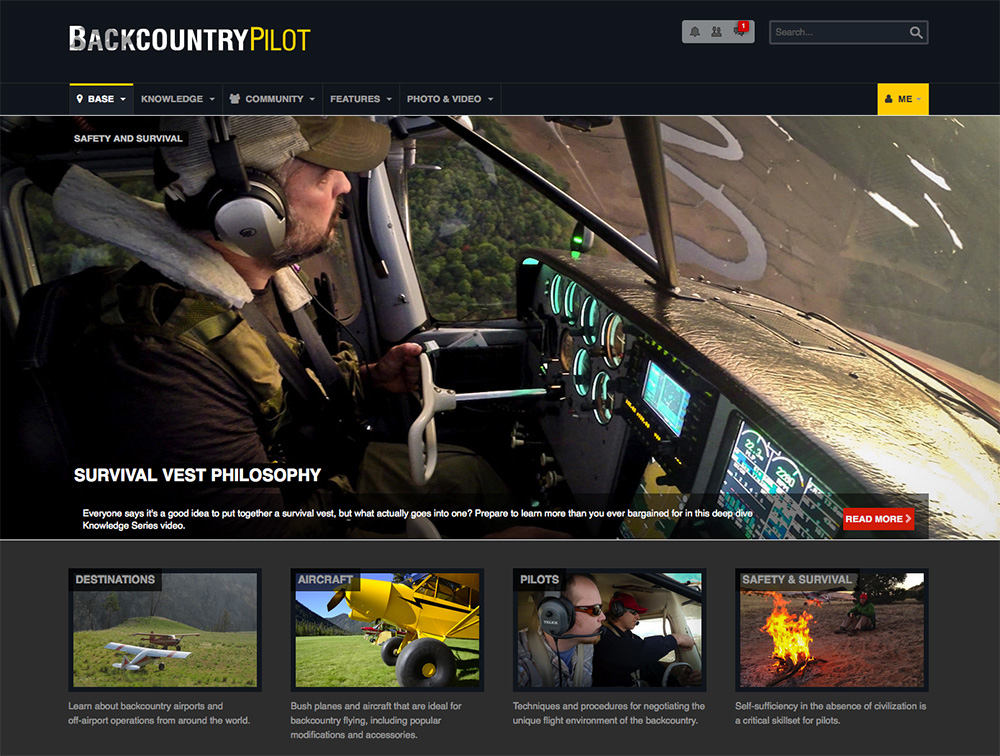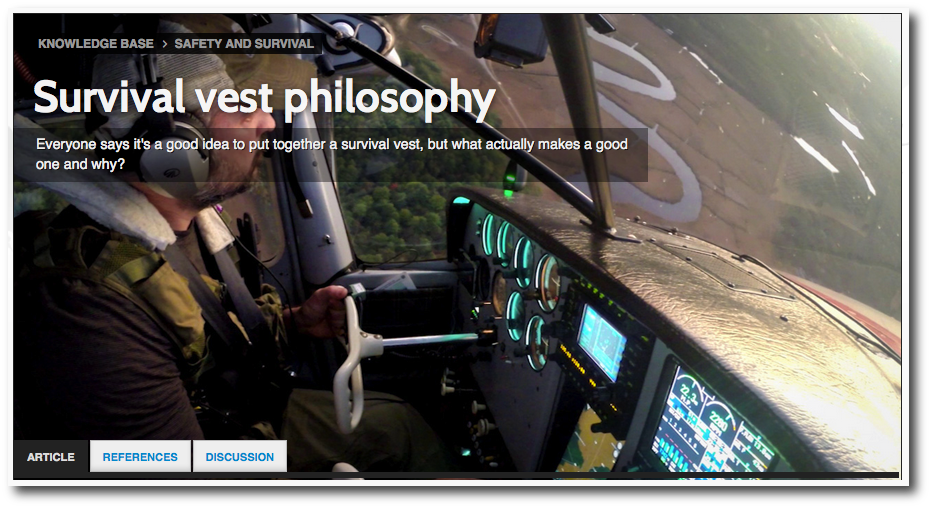Survival Vest Video
December 3, 2015[vimeo 145734462 w=700]
The article below is taken from a submission I made to the Knowledge Base on Backcountry Pilot. The vid is pretty long, but I hope informative. The text below is a distillation of the information in the video. Makes the most sense if you watch…
Thoughts on survival vests
It’s a common suggestion among the backcountry pilot brethren to assemble a survival vest, since in the event of a crash and post-crash fire situation, it’s likely the only items you’ll have with you post-egress are what you’re wearing. But what exactly should be stored in this vest? Often, pilots will buy the vest they like most for its comfort or appearance, then fill the available pockets with whatever fits or whatever they can find.
We’ve visted this topic in the past with a great article titled The Survival Vest, by British Columbia based professional pilot John Vandene, and his final result was great. However, it’s a very personal endeavor to spec your vest, and so BCP member and frequent contributor Greg Hren aka “Bigrenna” of Bushwagon East decided to roll his own, with a slightly different approach. Leaning on his background as a paramedic and Fellow of Wilderness Medicine, he started by identifying some core philosophies about air crash survival to determine what tools and supplies would best fulfill the actual needs of a survivor in order to achieve the most important goals: Stay alive and be found.
There’s no dancing around it, the following video is long at 37 minutes. It’s not a highlight video or fast-paced entertainment; it’s a deep dive into the philosophy and contents of a survival vest. Greg has clearly done a fair amount of thinking and planning in building his, yet yours may be different altogether. Skip that hour-long episode of…whatever you normally watch on TV; grab some snacks and beer(s) and kick back for this first installment of our Knowledge Series videos, Survival Vest Philosophy. Below the video we’ve listed a few notes from the production for reference which will hopefully help in assembling your own vest.
The Three “C’s” of Survival Vests
According to Greg, the singular purpose of a vest is to “prepare one mentally, and prepare one physically” for the unplanned stop, forced landing or unexpected insult. He believes that a simple approach to assembling vest is best, and suggests it meet the three “C’s.” Comfortable, Compact, and Complete.
Evolution of an Insult
In his film, Greg first starts by imagining the arc of a crash in what he calls the “Evolution of an Insult,” which takes from one of the official definitions (medical) of the word insult: “an event or occurrence that causes damage to a tissue or organ.” He argues that having a better idea of the steps one might encounter post-event will better inform you as to what items might be needed to successfully emerge on the other side of that insult. These steps are as follows:
- Initial Event or Insult
- Disorientation to Reorientation
- Extricate and Evaluate (from crash)
- Stabilize Medically
- Stabilize Mentally
- Communicate
- Establish Shelter
- Establish Fire
- Hydrate
- Rest
- Go/No-go Decision
The four tenets of post-crash survival
It’s natural to create taxonomy and organization as an approach to any problem, and survival equipment is no different. Instead of simply starting with a single piece of equipment such as a vest, Greg suggests one first identify global needs to be addressed, then apply solutions to each problem. To this end, Greg distills this process into four basic tenets to staying alive and being rescued. These are: Be Healthy, Be Comfortable, Be Crafty, and Be Found.
BE HEALTHY
H2O Purification
- Chemical Purification Tabs
- Povidone Iodine Swabs
Medical Kit* – Airway Adjuncts
- OPA
- NPA
- Surgilube
Medical Kit* – Trauma
- Compression Bandage
- Tourniquet
- Abdominal Pad
Medical Kit* – Wound Care**
- Gloves
- 5cc syringe (wound cleaning)
- Alcohol Prep Pads
- Povidone Iodine Swabs
- Antiseptic Ointment
- Cravat
- Bandages – Band-Aids, 2×2’s & 4×4’s
- Medical Tape
- Kling Conforming Bandage
- Kotex (Nosebleed)
- Petrolatum Gauze (Sucking Chest)
- Burn Gel
- Moleskin (Blisters)
Medical Kit* – RX
- Analgesic (Tylenol+NSAID+Opioid)
- Antibiotic (Broadspectrum i.e. Ciprofloxin/Doxycycline)
- Antihistamine (Diphenhydramine)
- Antidiarrheal (i.e. Imodium/Lomotil)
- Personal Rx, Eyeglasses, Disposable Contacts
BE COMFORTABLE
Fire
- Matches
- Fire Steel/Magnesium
- Lighter
- Vaseline Cotton
Wear Warm & Dry
- Dry Socks
- Base layer (Top)
- Tuke
Sleep Warm & Dry
- Emergency Bivy (WX)
- Ulralight Bag Liner (Warmth)
Elemental Protection
- Orange Trash Bag (Shelter/Poncho)
- SPF 50
- Bug Net
- Bug Dope
Sustenance
- Electrolyte Mix
- Energy Gel/Bar
- Bullion
Mental Status
- Deck of Cards or Harmonica
- Mints, Candy or Chocolate
- Nip of Booze (High Proof for Flamibility)
- Glowstick/Chemlite
- Sm Instant Coffee Packet
- Bog Roll/Baby Wipes
BE CRAFTY
- Utility Tool
- Survival Knife
- Hand Chain or Wire Saw
- Cordage
- Carabiner
- Water Vessel
- Ductape
- Fish Kit (Line/Hook/Flies
- Lg Ziplock Bag (Gathering H2O/Flushing wounds)
- ZipTies
- Sm Titanium Cup
- Snare (picture wire)
- Proper Compass (Lensatic)
- Pace beads
- Handheld GPS
- Firearm + Ammunition
- Compact Light
- Passive LED Blinker
- Bear Bell
- Spare Battery*
BE FOUND
- 2-way Communication (Active) i.e. UHF, Cell, or SAT phone
- 1-way Communication (Passive) i.e. SPOT, PLB or In Reach
- Signal Mirror (Visually – Day)
- Laser Flare (Visually – Day/Night)
- Whistle (Audibly)
BE HEALTHY footnotes: *NOTE: Medical kit is a personal kit carried in the vest which is not to be confused with a larger trauma/medical bag that should be easily accessible and stowed next to a “bug-out” bag.
**NOTE: Although common to see in med kits, the use of pre-hospital wound closure devices such as suture kits or steri-strips (butterfly bandages) is ill advised EVEN BY MDs due to the risk of infection. Attend a current Wilderness Medical course for the latest progressive, evidence based practices.

